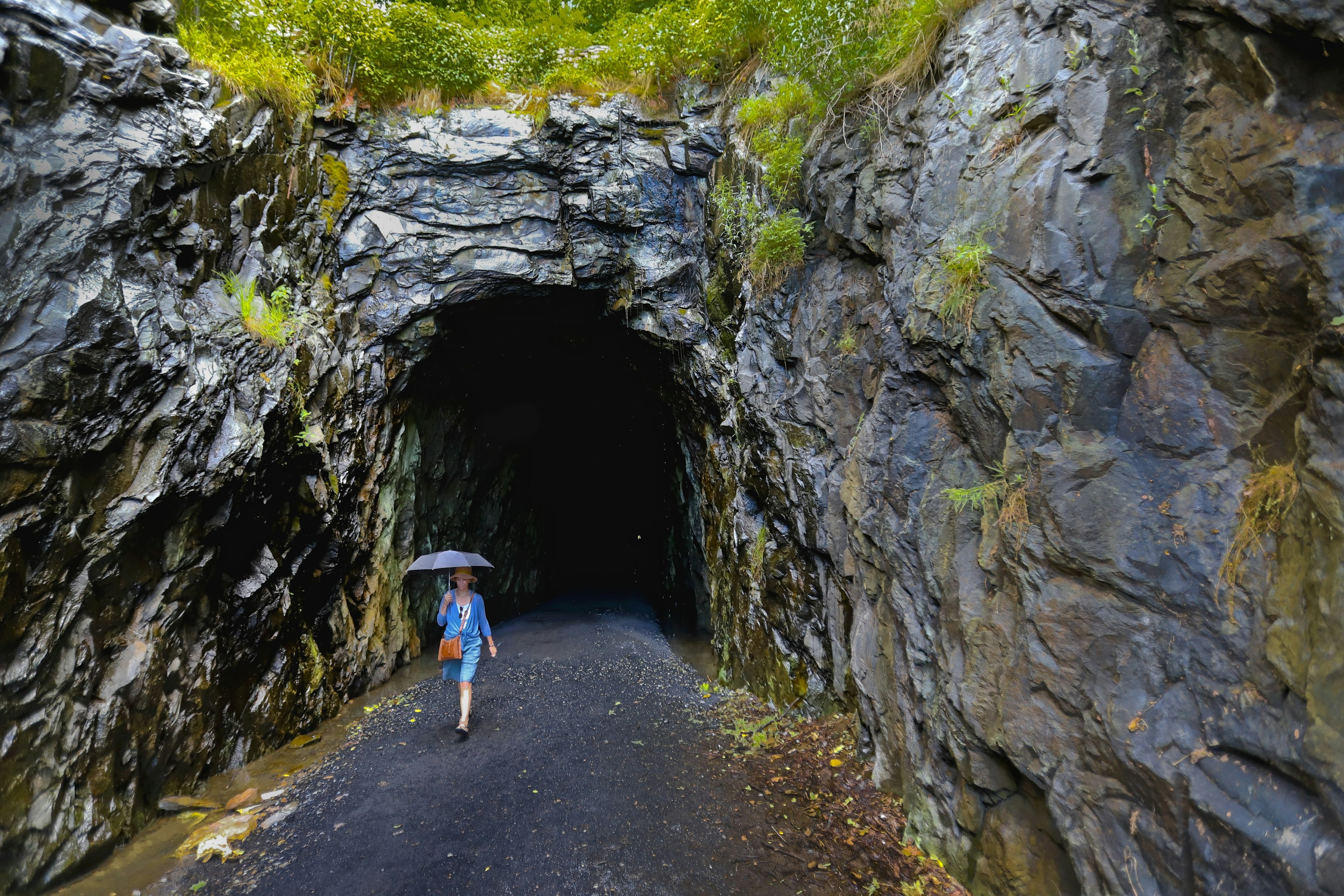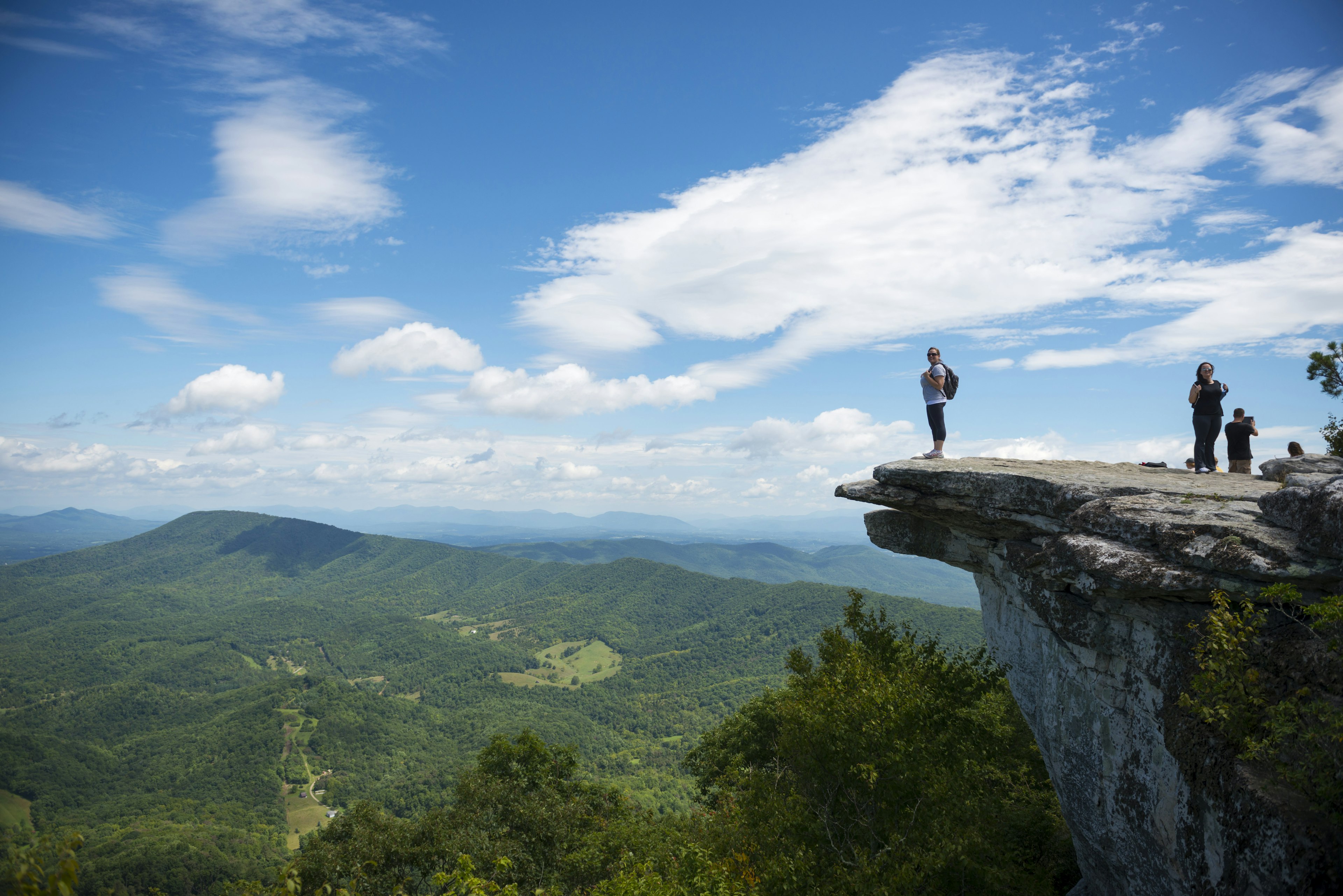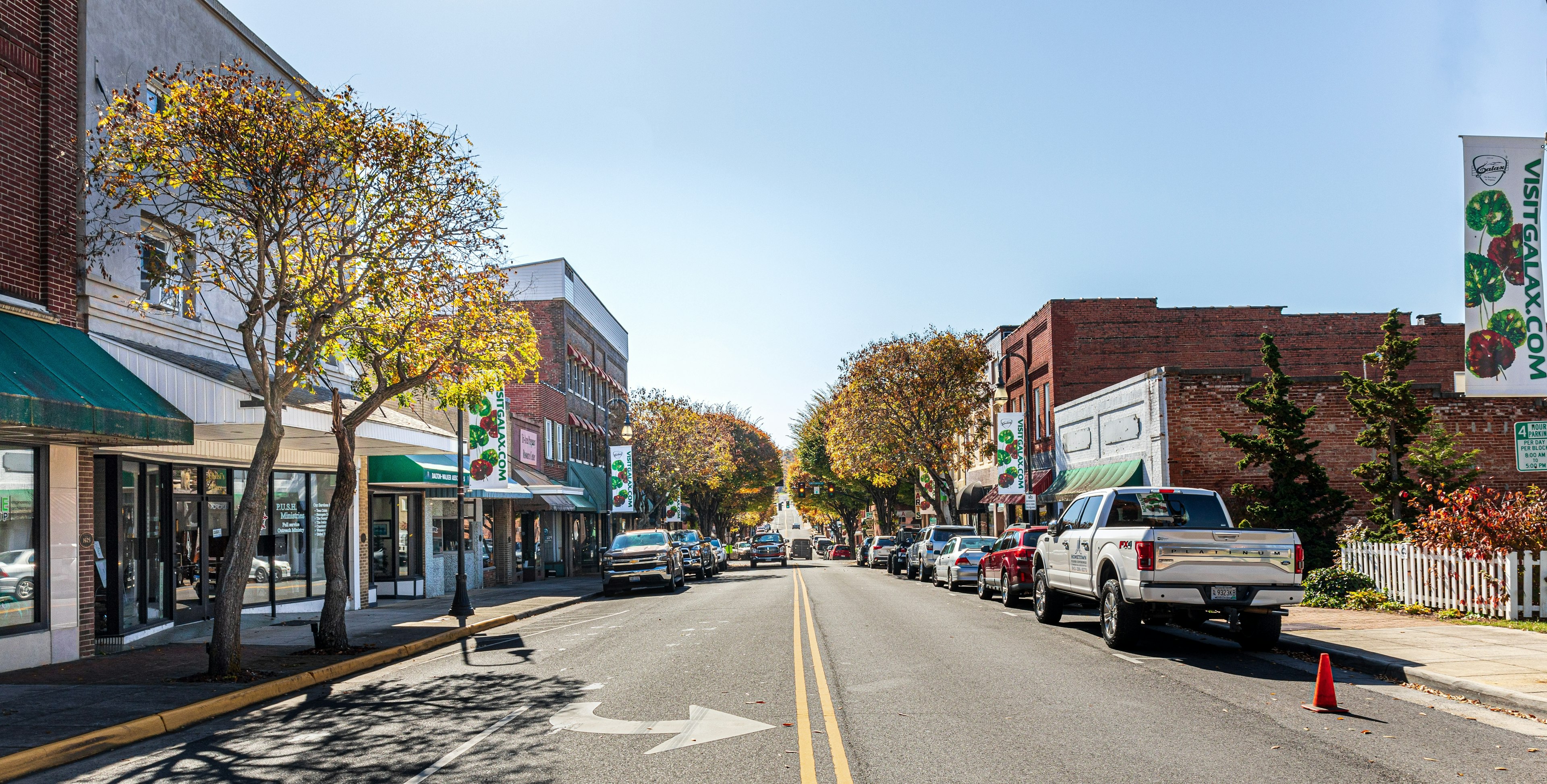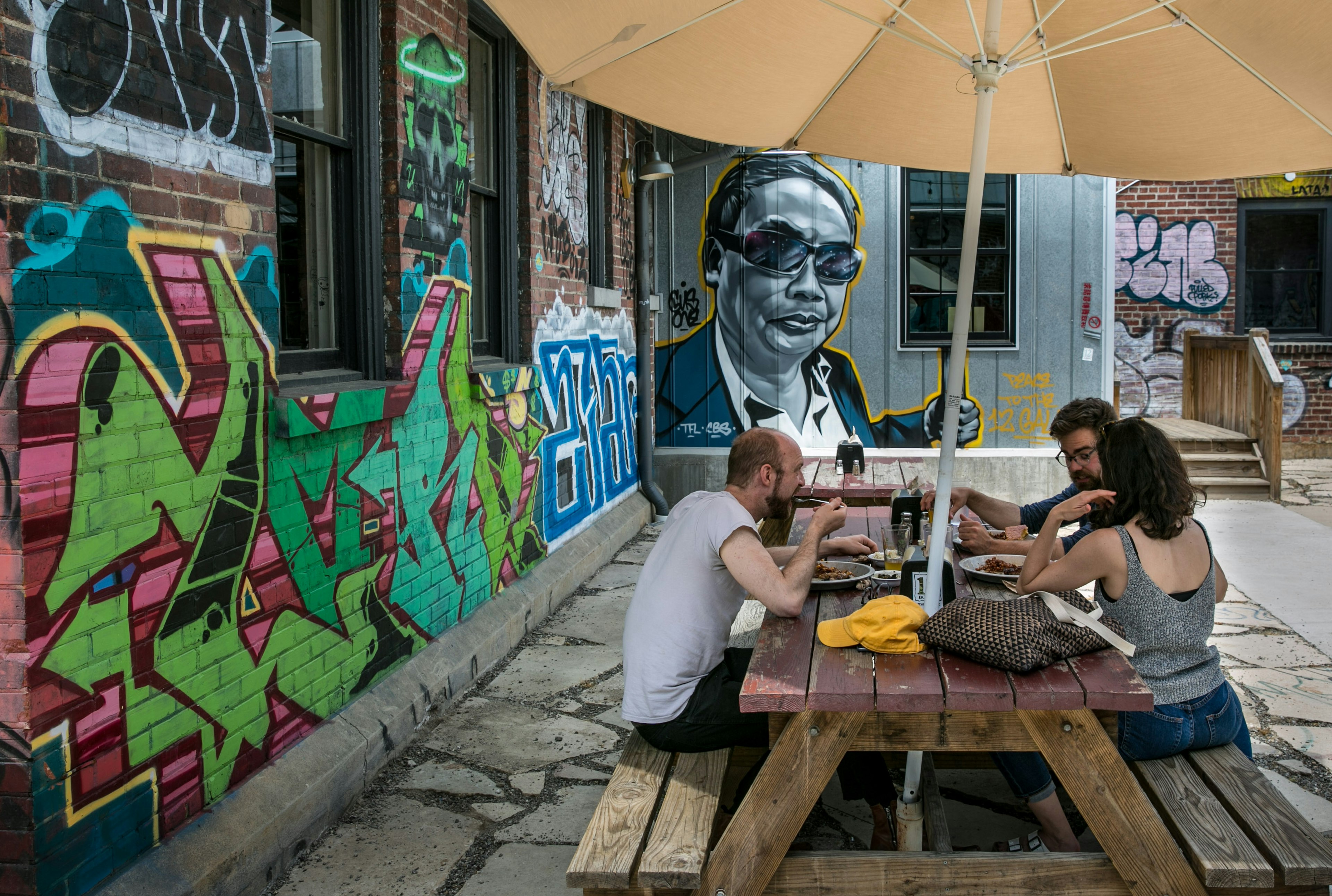Embora os dinossauros e outros seres e plantas antigos despertem fascínio, pode parecer que só os vemos em filmes como Jurassic Park. Mas, sabia que fósseis estão espalhados por toda a América do Norte? Os EUA estão repletos de sítios fossilíferos com criaturas de todas as dimensões. Alguns são encontrados em desertos que já foram leitos oceânicos, outros em cidades agitadas onde continentes se moveram há milhões de anos.
Quer você tenha crianças fascinadas por fósseis em casa ou seja um entusiasta da ciência, aqui estão alguns dos locais mais impressionantes nos EUA para ver fósseis e explorar o passado pré-histórico de perto.

1. Monumento Nacional Dinosaur, Utah
Instalado logo após a fronteira com o Colorado, nas montanhas Unita de Utah, o Monumento Nacional Dinosaur é considerado um dos locais de fósseis mais famosos do país. Aqui, dinossauros como Stegosaurus, Allosaurus e Apatosaurus estão encaixados em rocha no Carnegie Quarry. Ao visitar McKee Springs, você poderá descobrir petróglifos elaborados pelo grupo indígena Fremont há mais de 1.000 anos, os ancestrais dos povos Ute e Shoshone que agora residem na área.
Embora o monumento seja um excelente local para aprender sobre paleontologia e observar fósseis em seu estado natural, a caça e a coleta de fósseis são rigorosamente proibidas em todo o parque, incluindo áreas remotas. Essa regra garante a preservação dos fósseis para pesquisa científica e educação pública.
Onde acampar nas proximidades
Existem seis campings dentro do Monumento Nacional Dinosaur, mas se preferir uma opção glamping com barraca já montada, vá até Vernal, Utah, para acampar no Steinaker State Park ou no Red Fleet State Park nas proximidades.
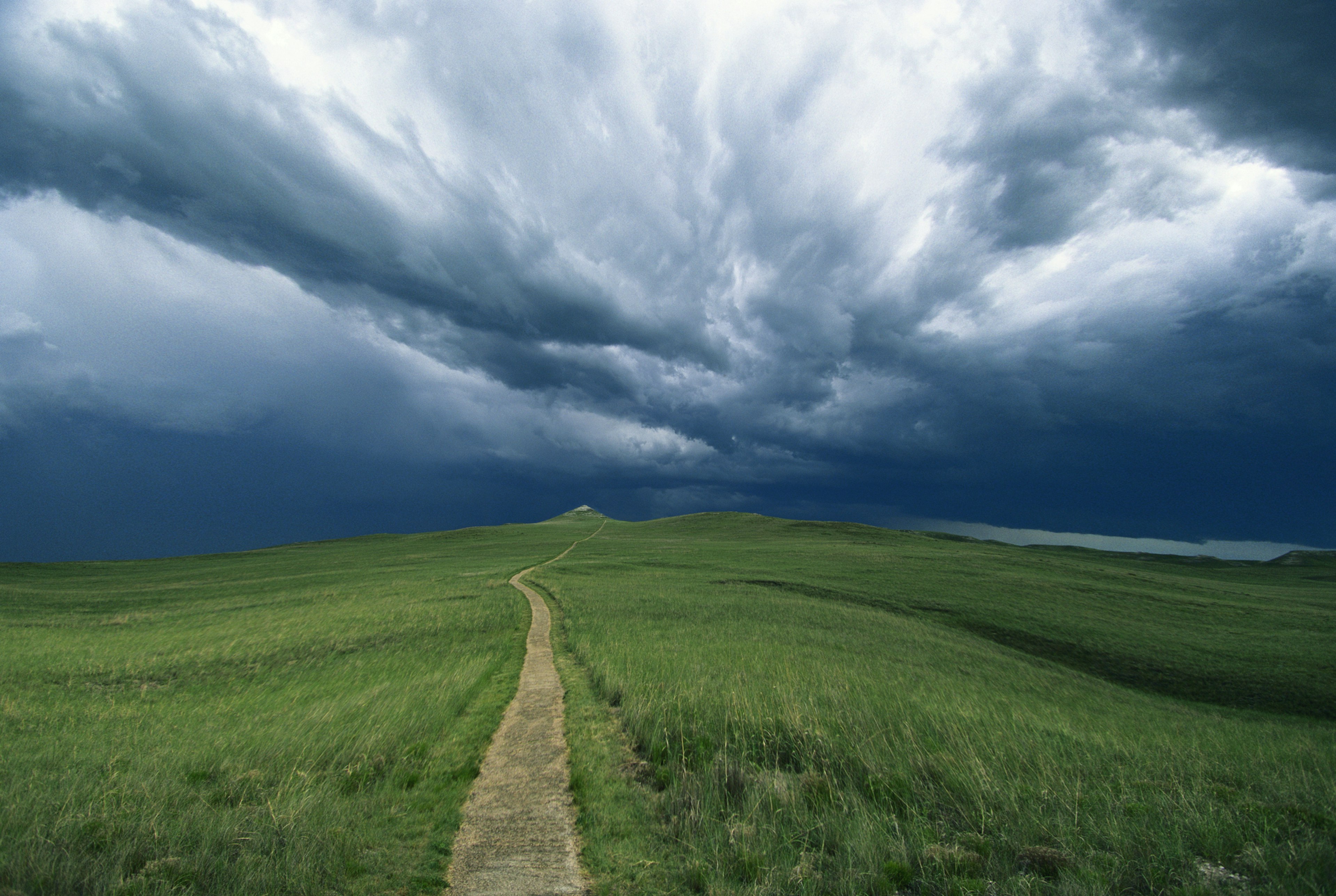
2. Monumento Nacional de Leitos Fósseis de Ágata, Nebraska
Embora os dinossauros possam receber toda a atenção, mamíferos brilham no Monumento Nacional de Leitos Fósseis de Ágata. Os fósseis aqui têm cerca de 20 milhões de anos e incluem criaturas como o Moropus (meio burro, meio tamanduá), o Dinohyus (um javali do tamanho de um bisão) e o Beardog (semelhante a lobos e hienas). Caminhe pela Trilha de Fossil Hills para ver os locais de escavação onde alguns dos fósseis mais significativos do monumento foram descobertos no início dos anos 1900. Ou entre na Trilha Daemonelix para observar as tocas em “saca-rolhas” dos antigos castores terrestres, os Palaeocastor.
Destacamos que a coleta e caça de fósseis não são permitidas em nenhuma área do monumento, uma vez que todos os fósseis estão protegidos por lei federal para preservar o valor científico e educativo do local.
Onde acampar nas proximidades
Não há acampamento no Monumento Nacional de Leitos Fósseis de Ágata, mas você pode encontrar locais no Parque Geológico Toadstool – onde pode continuar a aprender sobre fósseis antigos.

3. Parque Estatal de Dinosaurios, Connecticut
El Parque Estatal de Dinosaurios es uno de los mayores sitios de huellas de dinosaurios en el continente. Alberga 2,000 huellas de dinosaurios realizadas durante el período Jurásico, 500 de las cuales se encuentran en el Centro de Exhibiciones, un gran domo en el corazón del parque. También puedes explorar senderos fuera del domo con rocas volcánicas y flora de la era de los dinosaurios. En verano, compra una bolsa de “tierra de minería” para buscar fósiles y minerales, y el personal puede ayudarte a identificar tus hallazgos. Sin embargo, la búsqueda de fósiles y la extracción de cualquier espécimen natural fuera de esto están estrictamente prohibidas en el parque.
Dónde hospedarse cerca
No hay camping en el Parque Estatal de Dinosaurios, solo un pabellón de picnic de uso diurno. Pero puedes encontrar alquileres vacacionales en las cercanías, lo que hace de este un lugar fantástico para quienes prefieren un ambiente más urbano.

4. Florissant Fossil Beds National Monument, Colorado
Desde que comenzaron los estudios en 1800 en Florissant, los científicos han hallado fósiles de plantas, insectos y tocones antiguos. Hay proyectos de investigación en curso, por lo que si deseas visitar un sitio de fósiles en operación, Florissant es lo más cerca que puedes estar de uno. Los entusiastas de los fósiles pueden recorrer los senderos para ver tocones petrificados y aprender sobre la actividad volcánica que modeló el terreno hace millones de años.
El sitio brinda a los visitantes la oportunidad de observar ejemplares de fósiles notables en el centro de visitantes y en senderos designados. Está estrictamente prohibido excavar y recolectar cualquier característica natural o cultural en Florissant Fossil Beds National Monument. Los fósiles, rocas, flores, piñas, artefactos, etc. deben permanecer aquí. Existen tiendas de fósiles y una cantera privada fuera del monumento para aquellos que deseen tener un fósil propio.
Dónde acampar cerca
No hay campamento en Florissant Fossil Beds National Monument, pero se pueden encontrar lugares en el Parque Estatal de Mueller o Pike National Forest. Un poco más lejos está 100 Mile Overlook en 105 West Ranch, un sitio privado donde la tienda ya está instalada con comodidades de glamping.
5. Big Brook Preserve, Nueva Jersey
Big Brook Preserve es un magnífico lugar para descubrir dientes de tiburón y fósiles de la era Cretácica de cuando el océano cubría la región. Además de dientes de tiburón, se han hallado huesos y dientes de Mosasaurs (reptiles marinos gigantes), Plesiosaurios (la inspiración para el Monstruo del Lago Ness) y cocodrilos gigantes. Puedes buscar fósiles a lo largo de los lechos de los arroyos, pero no olvides las normas: solo conserva lo que quepa en una lata de 12 onzas o una bolsa con cierre del tamaño de un sándwich por día, no excaves en la orilla del arroyo y las herramientas de mano de hasta 14 pulgadas pueden ser utilizadas.
Es importante tener en cuenta que recolectar fósiles está prohibido en ciertas áreas protegidas dentro de la reserva. Los visitantes deben ser conscientes de las pautas y ceñirse a las áreas designadas donde se permite recolectar.
Dónde hospedarse cerca
Al igual que en el Parque Estatal de Dinosaurios en Connecticut, no hay camping cerca de Big Brook Preserve – esta no es la esquina rural de Jersey. Dicho esto, hay una variedad de excelentes hoteles en las cercanías de Middletown como Oyster Point, un lugar boutique con vistas al puerto.
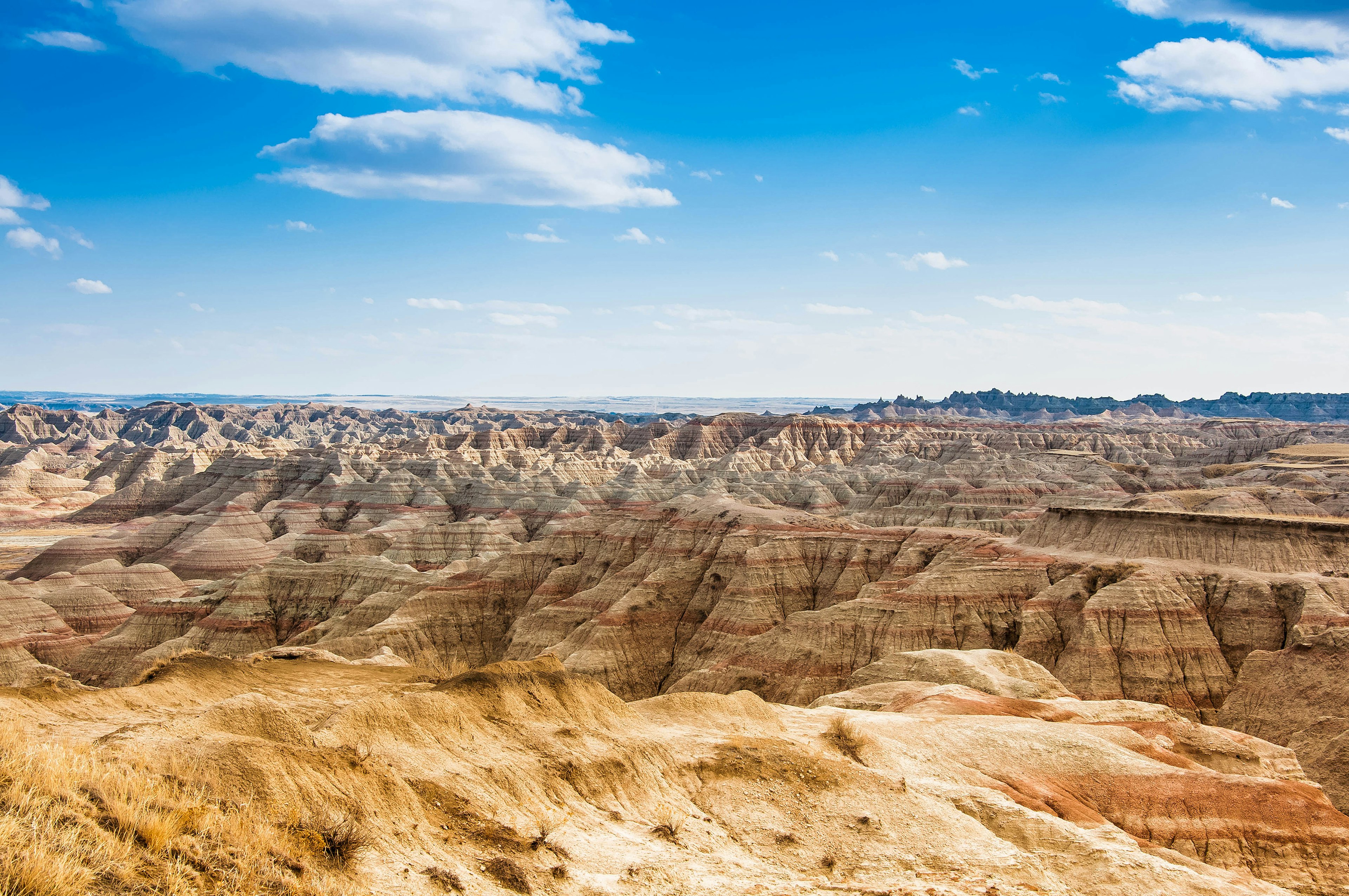
6. Parque Nacional Badlands, Dakota del Sur
Las impresionantes formaciones rocosas del Parque Nacional Badlands albergan antiguas criaturas de todo tipo y se han desgastado lo suficiente como para que podamos echar un vistazo. El Oreodont (un hibrido entre una capibara y un burro), el Nimvarid (conocido como gatos dientes de sable falsos) y el Brontothere (antiguos rinocerontes) recorrieron estas tierras.
El centro de visitantes cuenta con un Laboratorio de Preparación de Fósiles que puedes visitar siete días a la semana de 9:00 a.m. a 4:30 p.m. desde la segunda semana de junio hasta la tercera semana de septiembre. También puedes hacer senderismo, disfrutar de paseos panorámicos y observar las estrellas en el parque.
Está estrictamente prohibida la búsqueda de fósiles dentro del parque y retirar cualquier artefacto natural es ilegal. Esta protección asegura la preservación de fósiles para el estudio científico y disfrute público.
Dónde acampar cerca
Hay muchas opciones de camping en el Parque Nacional Badlands, pero si deseas ir más lejos, Plenty Star Ranch está cerca del Parque Nacional Cueva del Viento en Custer, Dakota del Sur, ofreciéndote una doble opción de parques.
7. Montour Preserve, Pensilvania
El Montour Preserve Fossil Pit es conocido por su pozo fosilífero, que alberga una gran concentración de braquiópodos, gasterópodos, trilobites y más fosilizados. Se recomienda a los visitantes llevar herramientas básicas: un pequeño martillo, gafas de seguridad y un cepillo. Visita temprano por la mañana antes de que las rocas se calienten bajo el sol de la tarde. Cabe mencionar que la recolección de fósiles solo está permitida en el pozo fosilífero.
Dónde acampar cerca
No se permite acampar en Montour Preserve, el cual está gestionado por la Comisión de Caza de Pensilvania. Sin embargo, la cercana Barakah Heritage Farm ofrece camping en el interior si traes tu propio equipo, aunque se puede alquilar una tienda si es una incursión ocasional. También ofrece la oportunidad de convertir tu visita al Montour Preserve en una experiencia educativa más amplia con una opción adicional de estancia en la granja con actividades prácticas.
8. Parque Estatal Caesar Creek, Ohio
El Parque Estatal Caesar Creek, cerca de Waynesville, Ohio, es ideal para encontrar fósiles. Los visitantes pueden realizar excavaciones en áreas especiales para descubrir fósiles de antiguos seres marinos que vivieron hace 450 millones de años durante el período Ordovícico. Hay que estar atento a los fósiles de trilobites, braquiópodos y corales en las rocas. No necesitas herramientas: simplemente busca en las áreas de piedra caliza estos antiguos hallazgos. Para recolectar fósiles en el Parque Estatal Caesar Creek, primero debes obtener un permiso del Centro de Visitantes del Cuerpo de Ingenieros del Ejército llamando al (513) 897-1050.
Dónde acampar cerca
Las reservas en el campamento del Parque Estatal Caesar Creek se pueden hacer con hasta seis meses de anticipación. El campamento ofrece sitios con electricidad y conexiones completas disponibles.
9. Parque de Fósiles de Mineral Wells, Texas
A solo una hora de Fort Worth, el Parque de Fósiles de Mineral Wells es un lugar poco conocido donde se pueden encontrar fósiles del Período Pensilvánico de hace más de 300 millones de años. Los visitantes pueden descubrir aquí crinoides, dientes de tiburón y fósiles de coral de forma gratuita. Es un lugar ideal para cualquiera que desee una búsqueda de fósiles práctica sin grandes multitudes. Aunque el parque está abierto a la recolección de fósiles, solo se permite en áreas designadas, en la superficie y con pequeñas herramientas de jardinería.
Dónde acampar cerca
El Parque Estatal y Sendero Lake Mineral Wells ofrece sitios para acampar y refugios con protección disponibles.
10. Sharktooth Hill, California
Cerca de Bakersfield, Sharktooth Hill es parte de un área gestionada por el Museo de Historia Natural de Buena Vista y es un lugar excelente para la búsqueda de fósiles en California. Este sitio, que data de hace unos 15 millones de años en la Época del Mioceno, cuenta con muchos dientes de tiburón fosilizados, huesos de ballena y a veces incluso esqueletos de delfines. Las excavaciones guiadas te permiten explorar estos antiguos tesoros con la ayuda de expertos. Se requiere hacer reservas.
Cabe destacar que en algunas zonas del sitio está estrictamente prohibida la recolección de fósiles, ya que es una ubicación protegida. Los visitantes deben permanecer dentro de las zonas designadas para la recolección o unirse a visitas guiadas que brindan acceso a áreas aprobadas para la búsqueda de fósiles.
Dónde acampar cerca
Aunque no hay opciones para acampar en el sitio, el campamento del Río Kern está a 12 minutos de distancia y cuenta con 25 sitios para acampar distribuidos en dos secciones disponibles.
11. Museo de Fósiles Aurora, Carolina del Norte
El Museo de Fósiles Aurora se encuentra en Carolina del Norte y tiene un sitio fosilífero cerca del Río Peace en Florida. Frente al museo, los visitantes pueden buscar en los pozos fosilíferos fósiles del período Mioceno, todos donados por la planta vecina Nutrien Phosphate. La búsqueda de fósiles solo está permitida en los pozos, donde se pueden encontrar restos de antiguos tiburones, ballenas, peces óseos y corales.
Dónde alojarse cerca
Aunque no hay muchos hoteles cerca del museo, la cercana Phoenix Farms Vineyard ofrece suites para huéspedes, estancias en RV/Campers y camping en tienda. También puedes encontrar hoteles en las ciudades cercanas de Washington y New Bern.
También te puede interesar:
Atravesando Bears Ears: aventurándose a través de una tierra sagrada
Encuentra tu escapada verde en estos bosques nacionales poco conocidos de EE.UU.
Por qué la playa Navarre es uno de los secretos mejor guardados de Florida para eco-aventuras


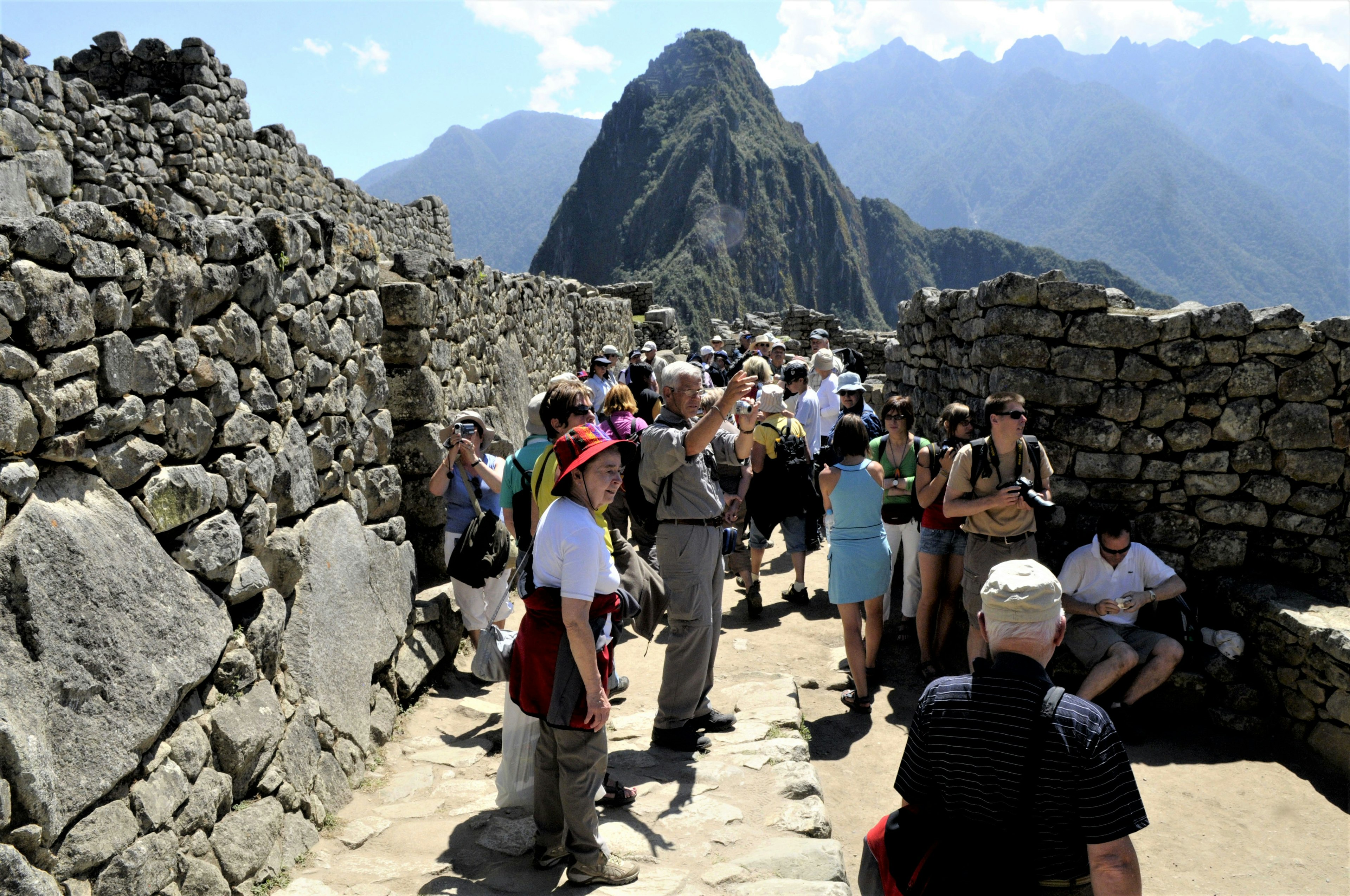
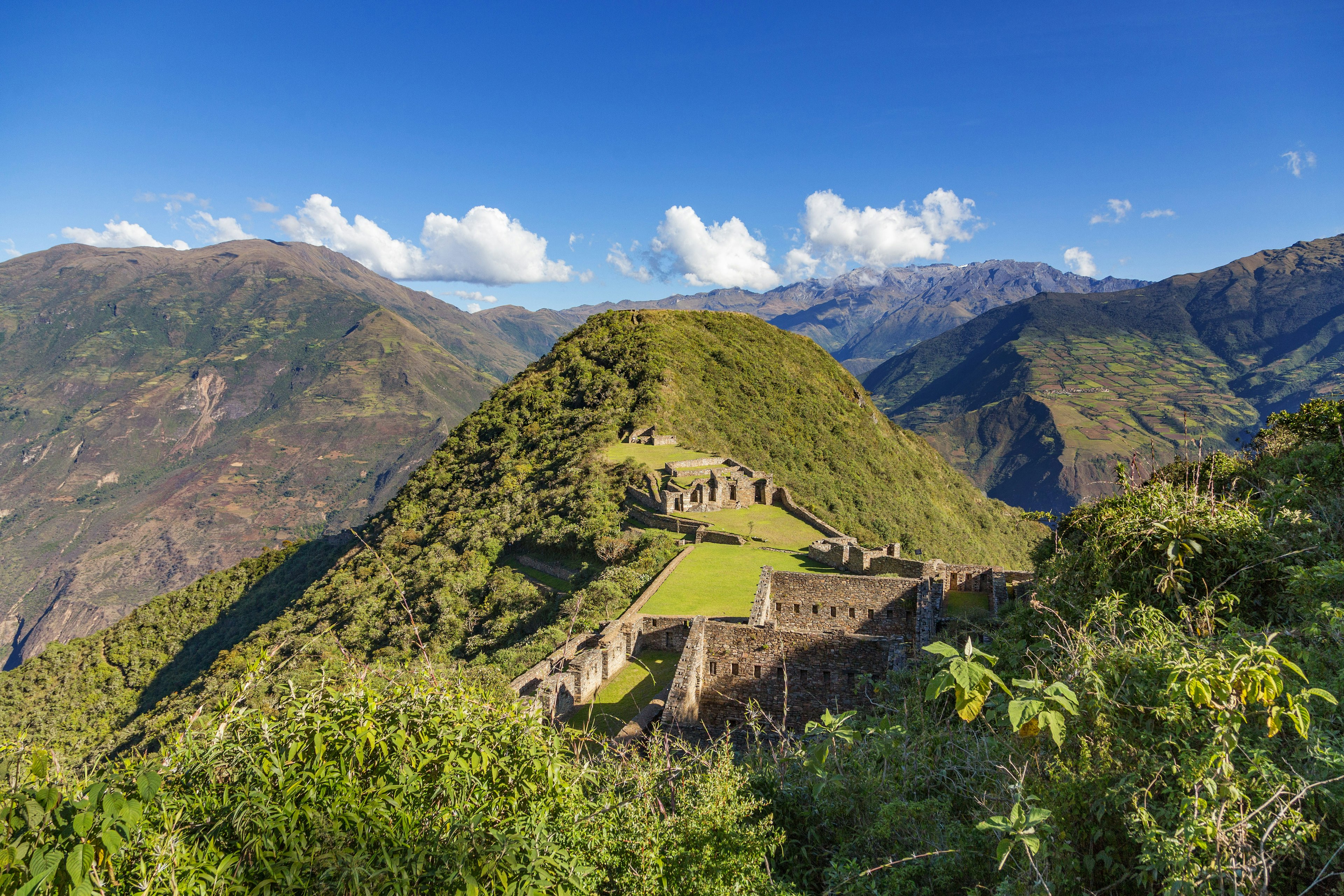
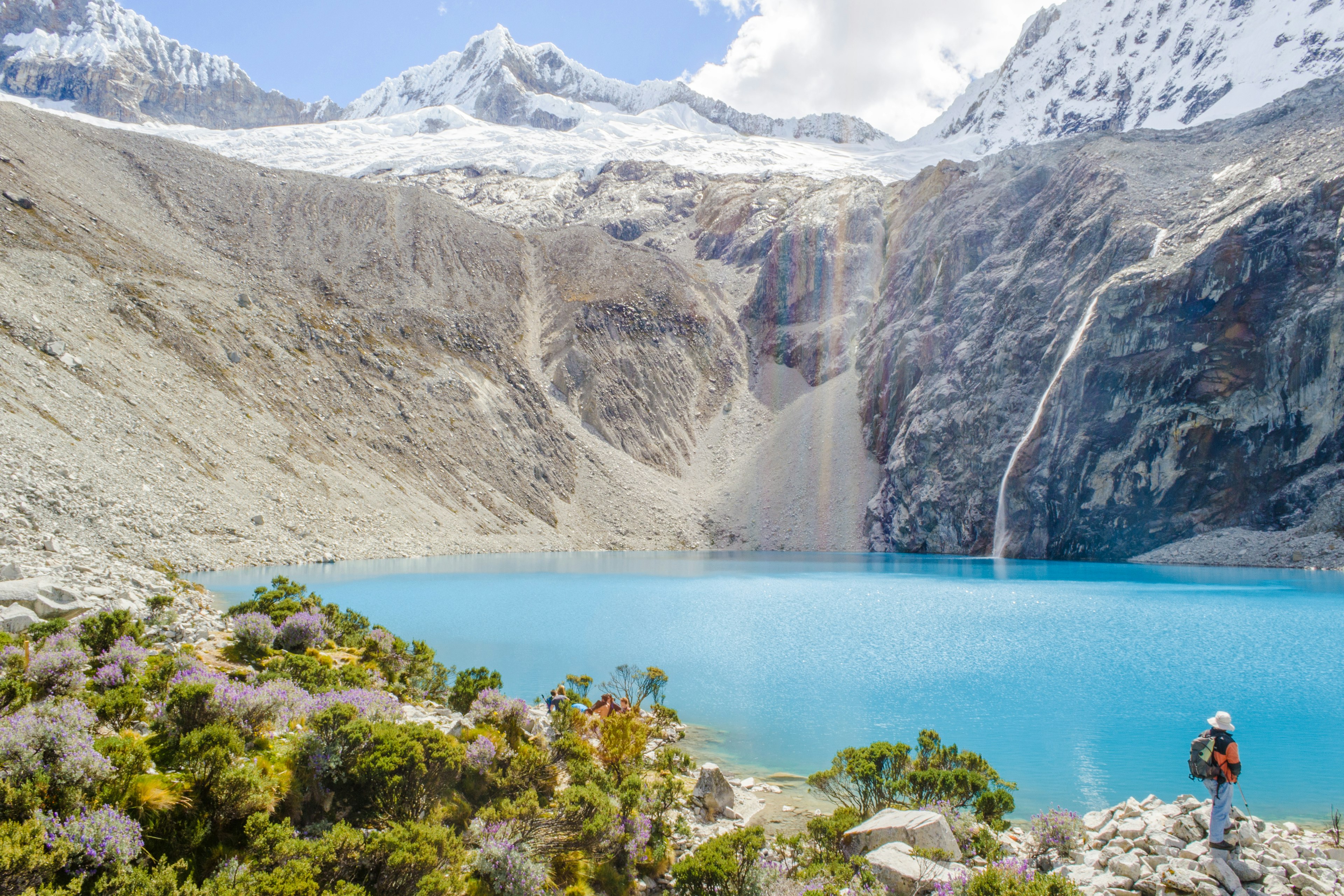
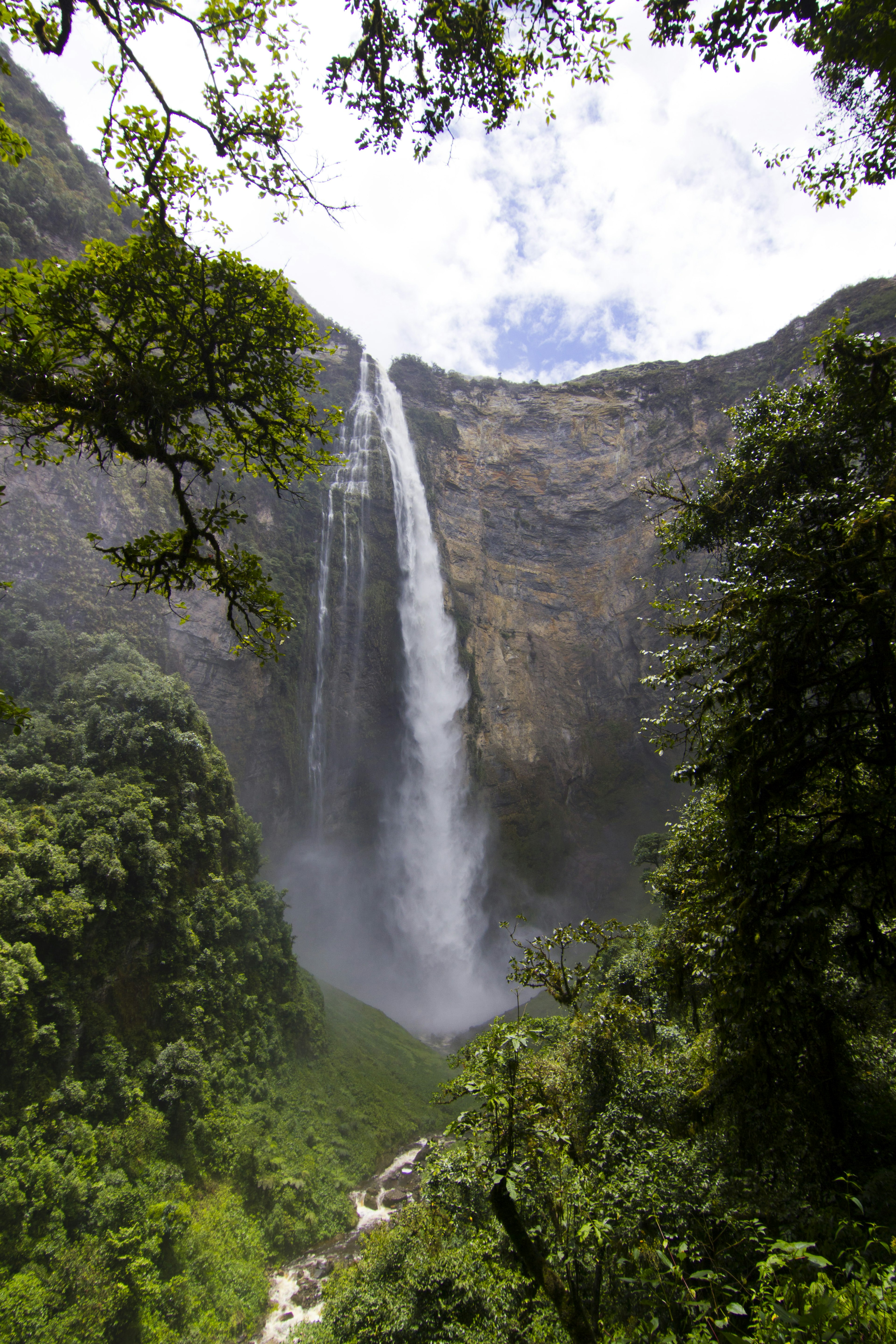
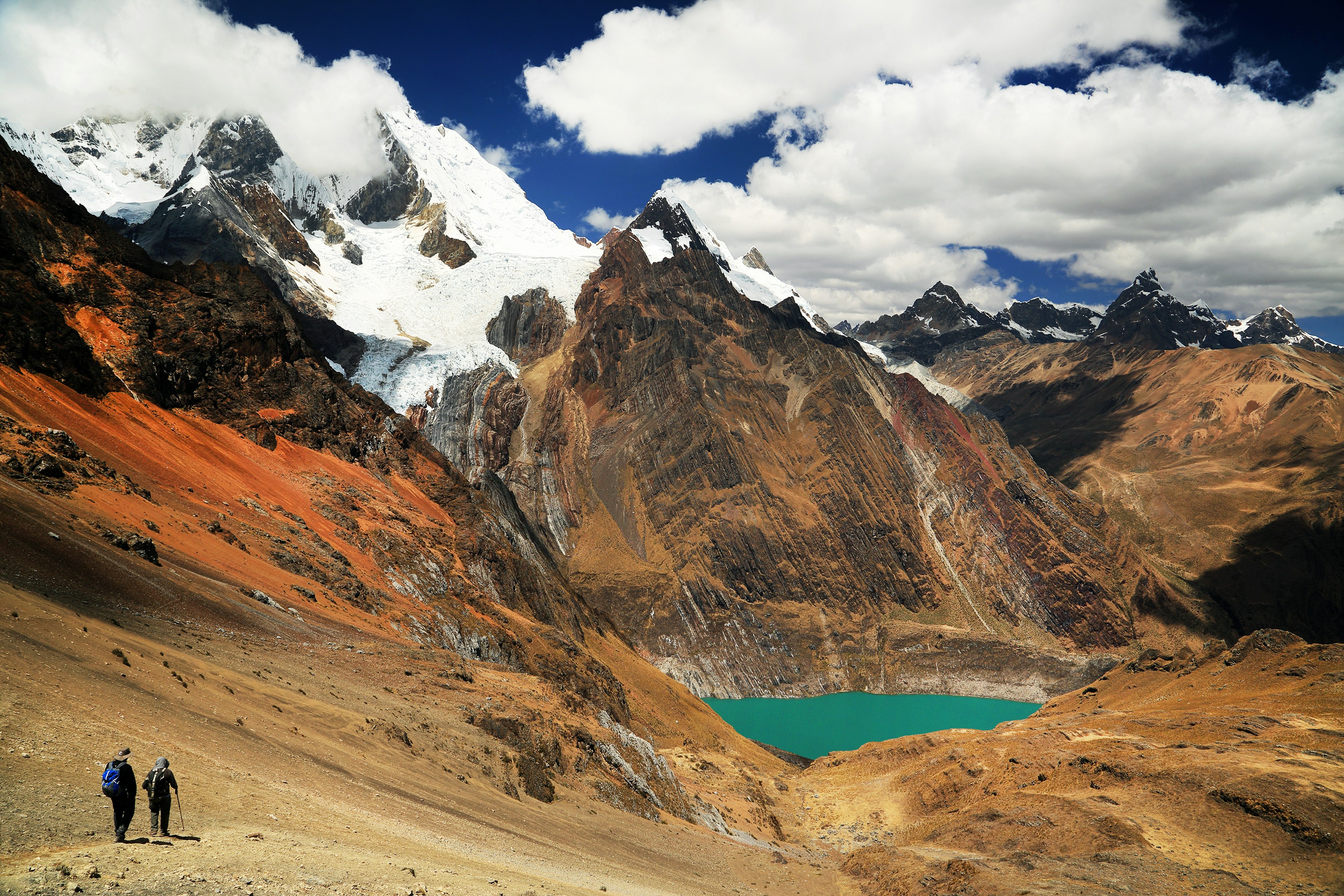







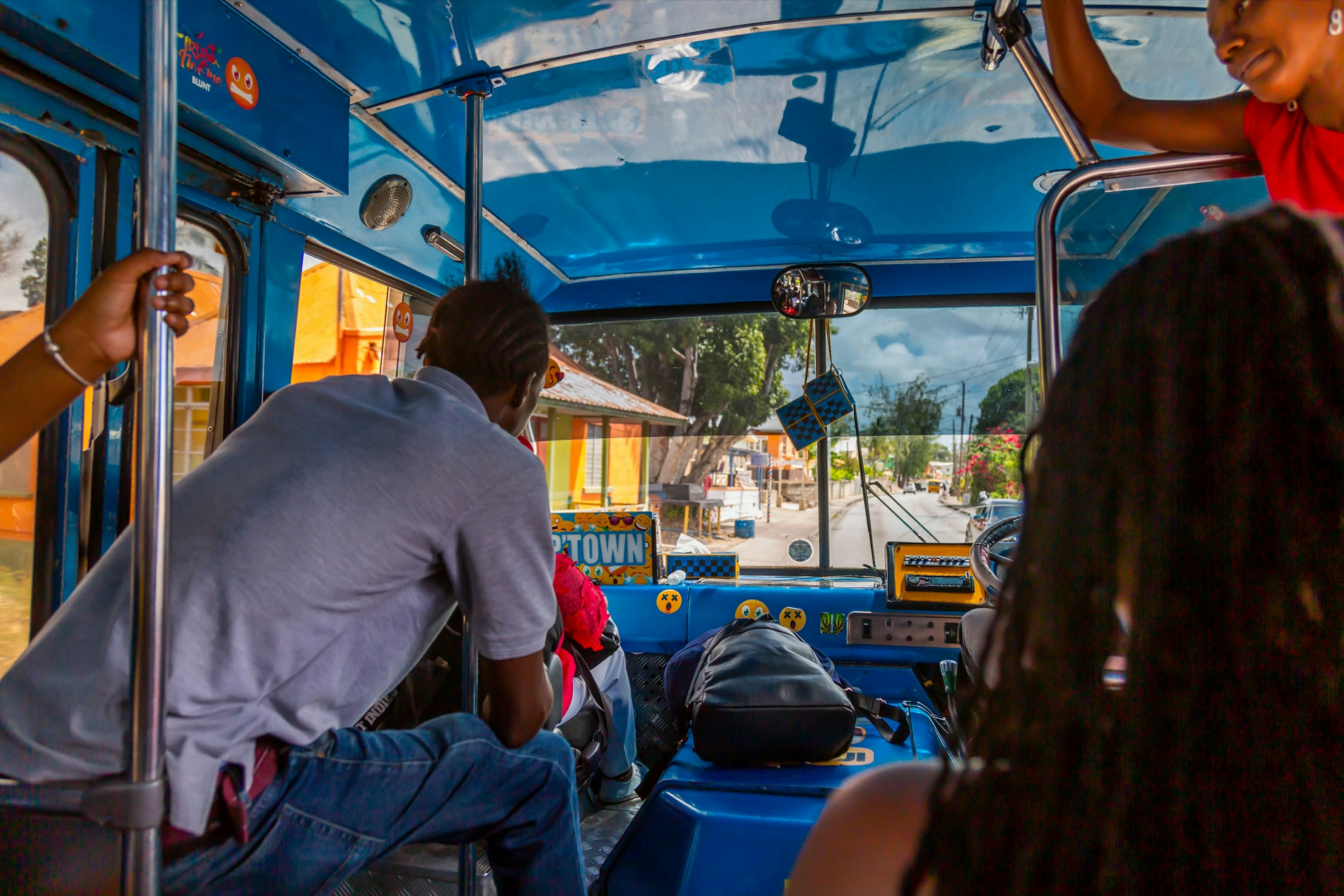
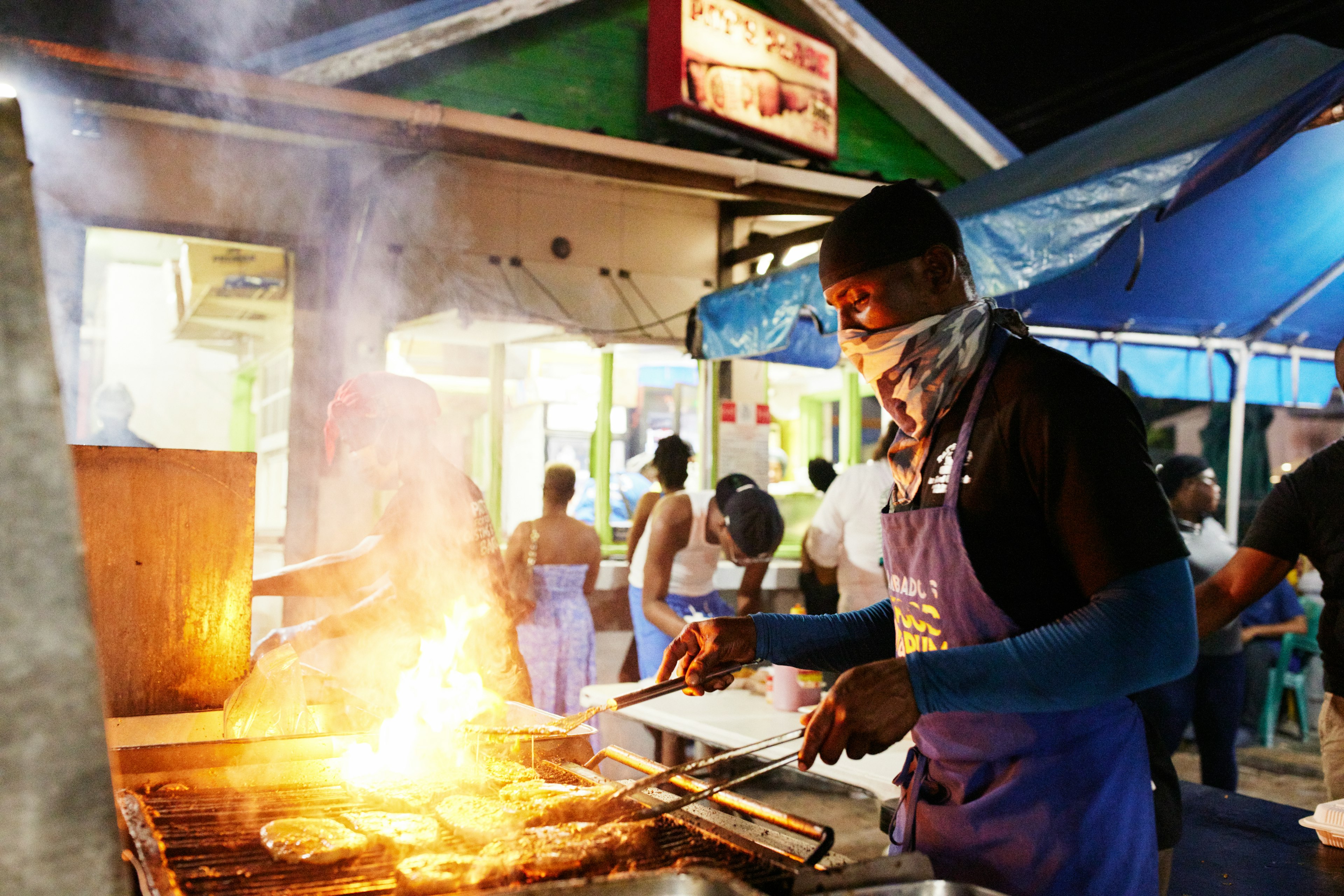





















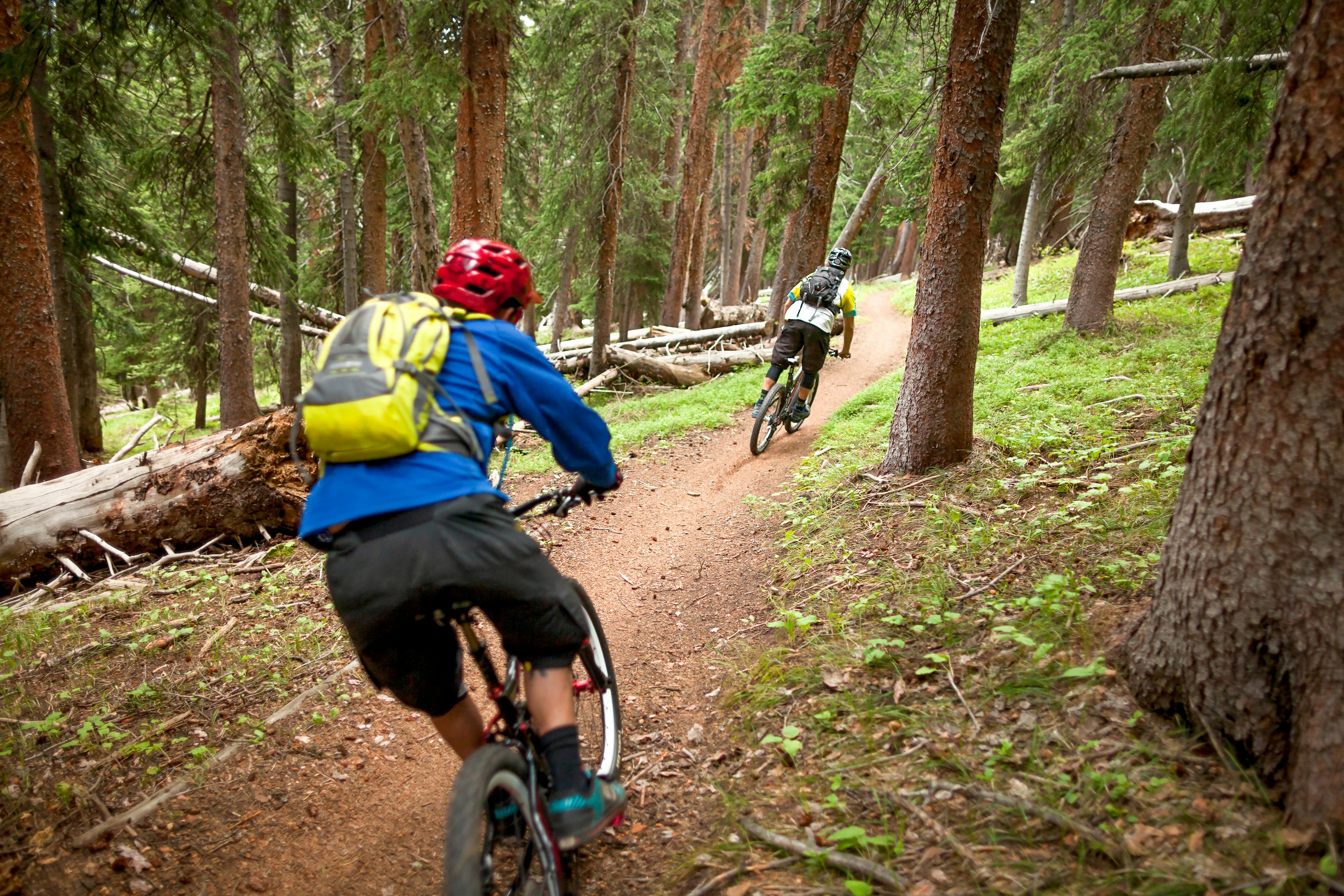



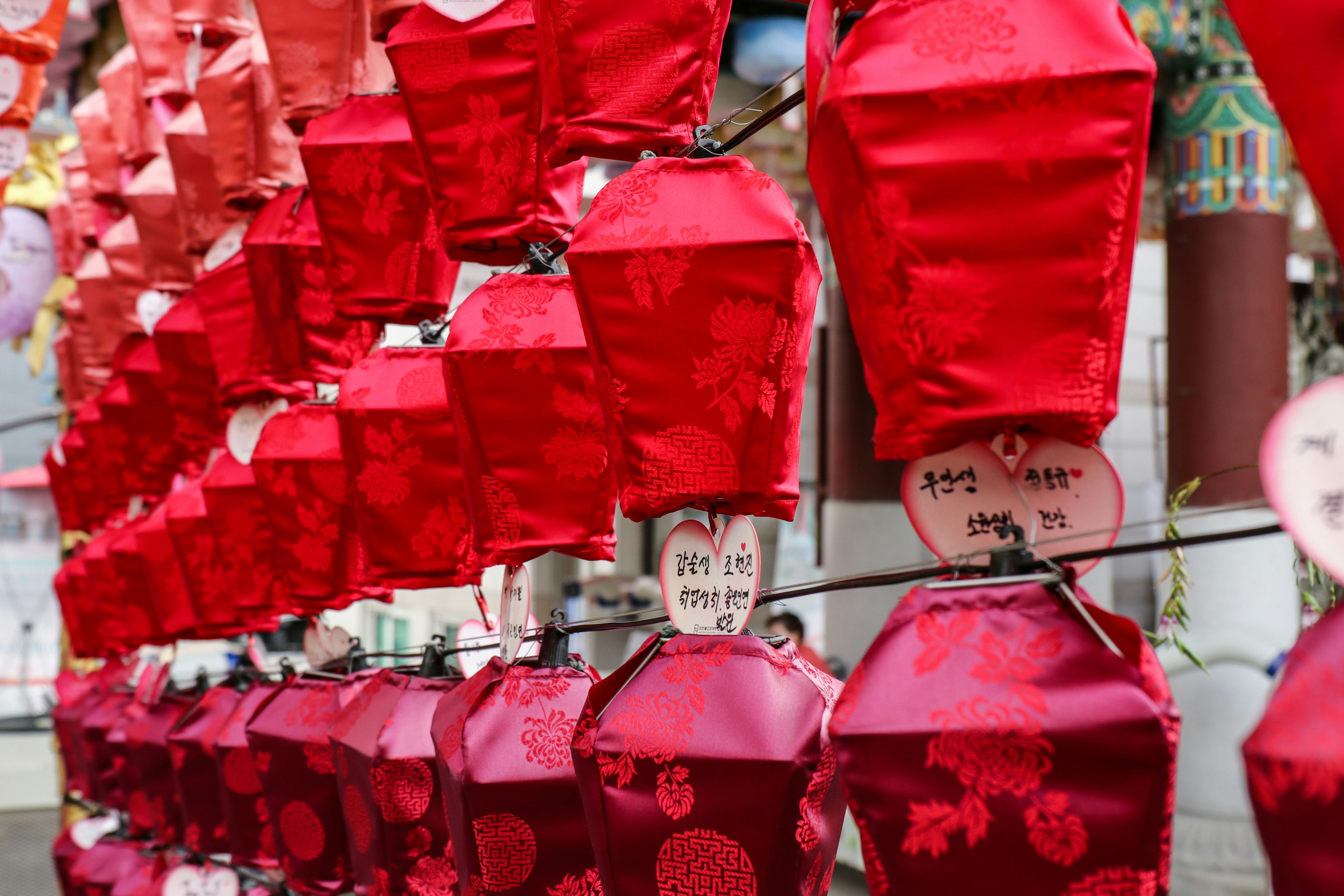



 in the region called the Deep South of the USA. In The Light Photography /Shutterstock
in the region called the Deep South of the USA. In The Light Photography /Shutterstock
